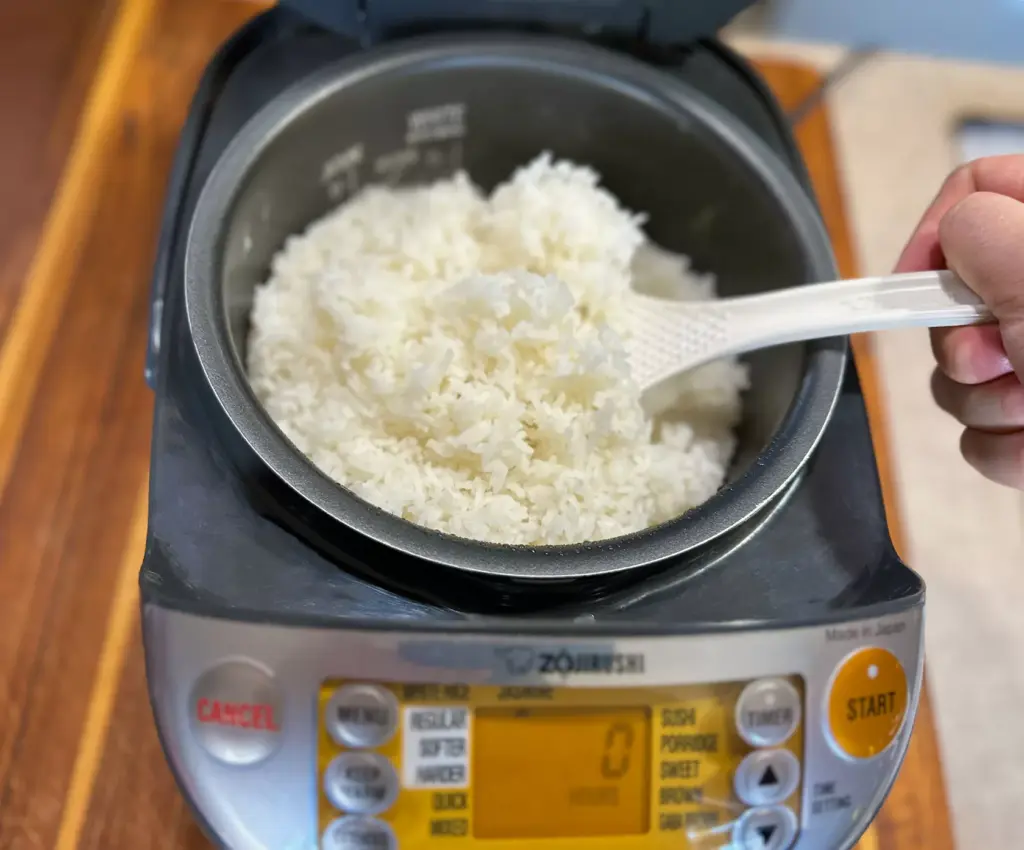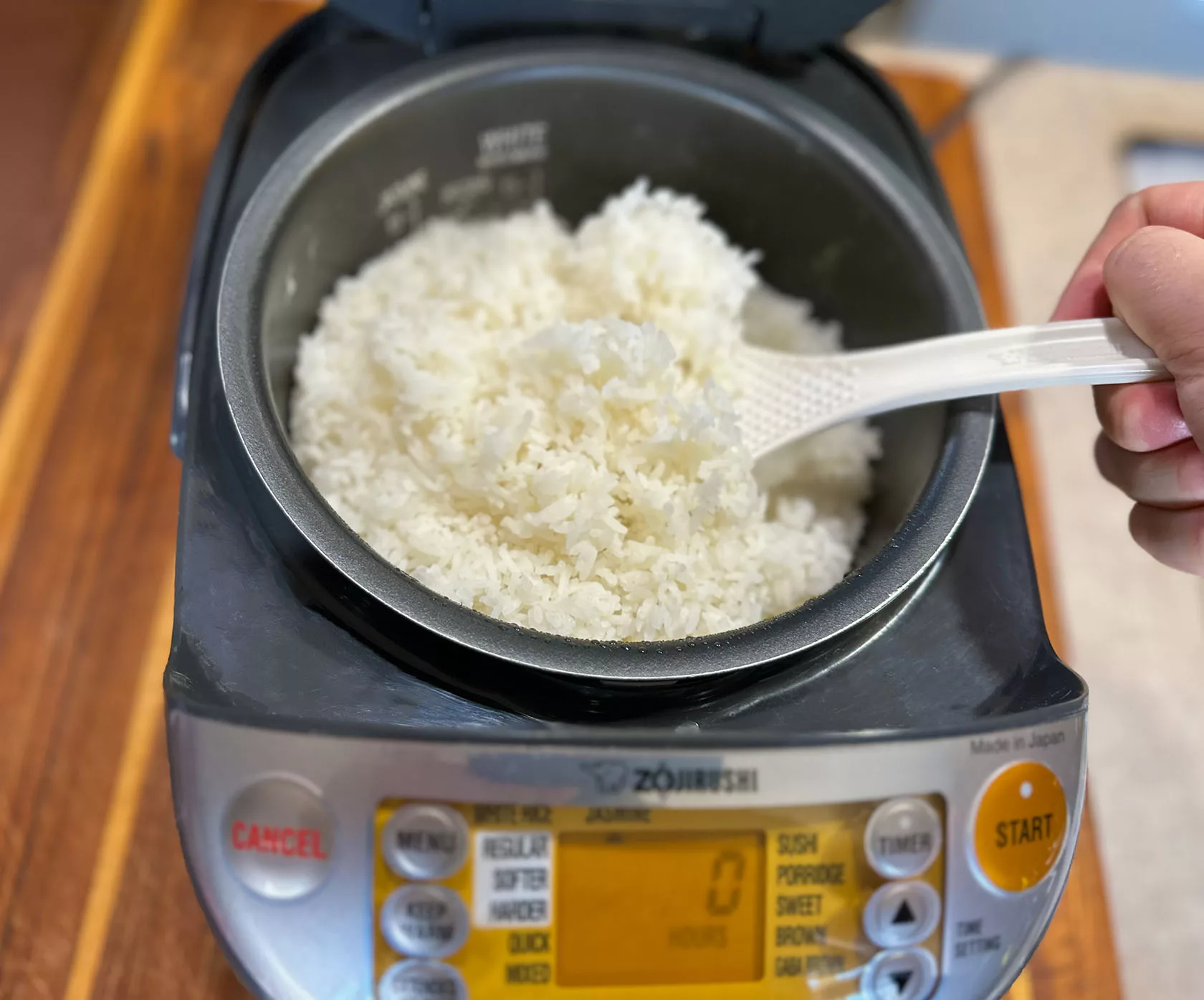
A Comprehensive Guide to the Different Types of Rice Cookers
Rice, a staple food for billions across the globe, is often cooked using a specialized appliance: the rice cooker. Understanding the types of rice cookers available can significantly enhance your cooking experience, ensuring perfectly cooked rice every time. This guide delves into the various types of rice cookers, their features, and which one might be the best fit for your needs. From basic models to high-tech marvels, the world of rice cookers offers a diverse range of options.
Basic Rice Cookers
The most common and affordable type of rice cooker is the basic or conventional rice cooker. These models operate on a simple principle: heat the rice and water until the water is absorbed, then switch to a warming mode. They are incredibly user-friendly, typically featuring a single button for operation.
How They Work
Basic rice cookers use a thermostat to monitor the temperature. Once the water has evaporated and the temperature rises above a certain point, the thermostat triggers the switch to the warming cycle. This prevents the rice from burning and keeps it at an ideal serving temperature.
Pros and Cons
- Pros: Affordable, easy to use, readily available.
- Cons: Can sometimes result in unevenly cooked rice, limited features.
Ideal For
Basic rice cookers are ideal for individuals or small families who primarily cook white rice and prioritize simplicity and affordability. They are a great entry point into the world of rice cookers.
Micom (Microcomputer) Rice Cookers
Micom rice cookers, also known as fuzzy logic rice cookers, represent a significant upgrade from basic models. These appliances use a microcomputer to precisely control the cooking temperature and time, resulting in consistently perfect rice.
How They Work
The microcomputer in a Micom rice cooker monitors the cooking process and adjusts the temperature and time accordingly. This allows for more precise cooking, ensuring that the rice is neither undercooked nor overcooked. Many Micom rice cookers also offer a variety of cooking programs for different types of rice, such as brown rice, sushi rice, and porridge.
Pros and Cons
- Pros: Consistent results, versatile cooking programs, often include timers and keep-warm functions.
- Cons: More expensive than basic models, can be slightly more complex to operate.
Ideal For
Micom rice cookers are ideal for those who frequently cook rice and desire consistent results and versatility. They are a good investment for families who enjoy a variety of rice dishes.
Induction Heating (IH) Rice Cookers
Induction Heating (IH) rice cookers represent the pinnacle of rice cooking technology. These models use electromagnetic induction to heat the entire inner pot directly, resulting in faster and more even cooking.
How They Work
Unlike traditional rice cookers that heat the pot from the bottom, IH rice cookers use an induction coil to generate heat directly within the pot. This ensures that the entire pot is heated evenly, resulting in perfectly cooked rice with a consistent texture and flavor. IH rice cookers often feature advanced microcomputers and a variety of cooking programs.
Pros and Cons
- Pros: Superior cooking performance, even heating, advanced features, often include pressure cooking capabilities.
- Cons: Most expensive type of rice cooker, can be bulky.
Ideal For
IH rice cookers are ideal for serious rice enthusiasts who demand the best possible cooking performance and are willing to invest in top-of-the-line technology. They are a great choice for those who frequently cook large quantities of rice or require precise cooking control.
Pressure Rice Cookers
Pressure rice cookers combine the functionality of a rice cooker with the speed and efficiency of a pressure cooker. These models cook rice under pressure, resulting in faster cooking times and a unique texture.
How They Work
Pressure rice cookers use a sealed environment to increase the boiling point of water, allowing the rice to cook at a higher temperature and pressure. This results in faster cooking times and a softer, more tender texture. Many pressure rice cookers also offer a variety of cooking programs for different types of rice and other dishes.
Pros and Cons
- Pros: Faster cooking times, unique texture, versatile cooking options.
- Cons: Can be more complex to operate, require careful cleaning.
Ideal For
Pressure rice cookers are ideal for busy individuals who want to cook rice quickly and efficiently. They are also a good choice for those who enjoy the unique texture of pressure-cooked rice.
Multi-Functional Rice Cookers
Multi-functional rice cookers are designed to do more than just cook rice. These versatile appliances can also be used to steam vegetables, cook soups, and even bake cakes. They are a great option for those who want to consolidate their kitchen appliances.
How They Work
Multi-functional rice cookers typically feature a variety of cooking programs and accessories that allow them to perform different functions. They may include steaming baskets, slow cooking settings, and even baking modes. These appliances offer a convenient and space-saving solution for small kitchens.
Pros and Cons
- Pros: Versatile, space-saving, can replace multiple appliances.
- Cons: May not perform as well as dedicated appliances, can be more complex to operate.
Ideal For
Multi-functional rice cookers are ideal for those who have limited kitchen space or want to simplify their cooking process. They are a good choice for individuals or small families who enjoy a variety of dishes.
Choosing the Right Rice Cooker
When choosing a rice cooker, consider your cooking needs, budget, and desired features. Here are some factors to consider:
- Capacity: Choose a rice cooker with a capacity that matches your typical serving size.
- Features: Consider the cooking programs, timers, and keep-warm functions that are important to you.
- Budget: Rice cookers range in price from affordable basic models to high-end IH models. Set a budget before you start shopping.
- Ease of Use: Choose a rice cooker that is easy to operate and clean.
Understanding the different types of rice cookers available can help you make an informed decision and choose the perfect appliance for your needs. Whether you’re a beginner cook or a seasoned chef, there’s a rice cooker out there that’s right for you. From basic to Micom to IH rice cookers, each offers a unique set of features and benefits. [See also: Rice Cooker Buying Guide] By considering your cooking habits and preferences, you can find a rice cooker that will help you cook perfect rice every time.
Maintaining Your Rice Cooker
Proper maintenance is key to extending the lifespan of your rice cooker. Always clean the inner pot and lid after each use. Avoid using abrasive cleaners or scouring pads, as these can damage the non-stick coating. Regularly check the heating element and thermostat for any signs of damage. Following these simple tips will ensure that your rice cooker continues to perform optimally for years to come.
Conclusion
The world of rice cookers is vast and varied, offering a range of options to suit every need and budget. From the simplicity of basic models to the advanced technology of IH rice cookers, there’s a perfect rice cooker out there for everyone. By understanding the different types of rice cookers and their features, you can make an informed decision and enjoy perfectly cooked rice every time. So, take the time to research and choose the rice cooker that’s right for you, and elevate your rice cooking experience to a whole new level.

